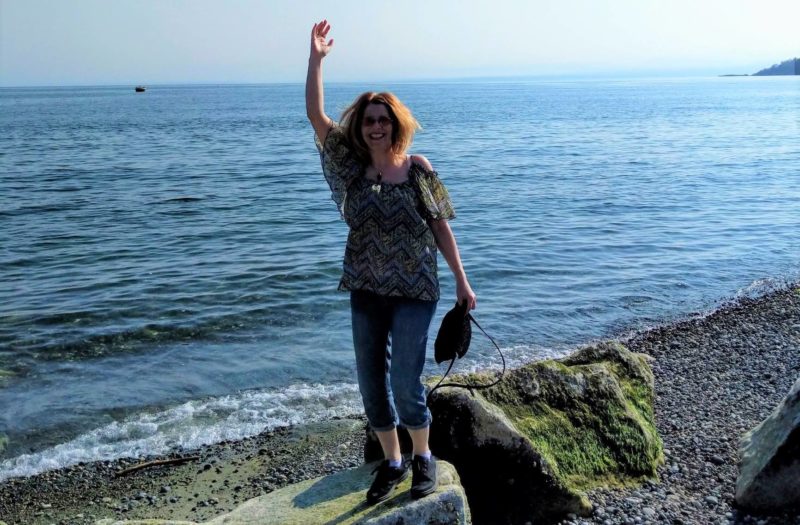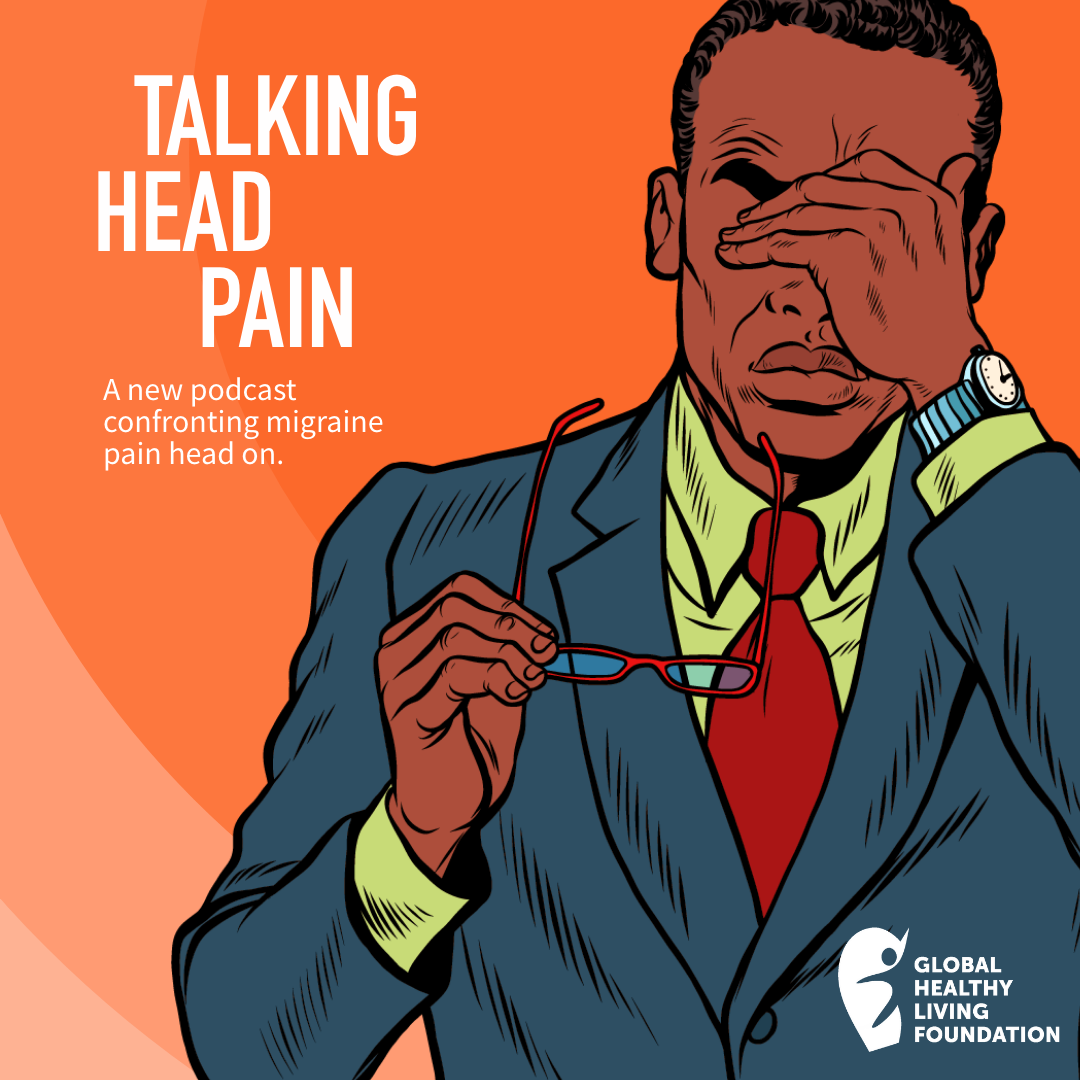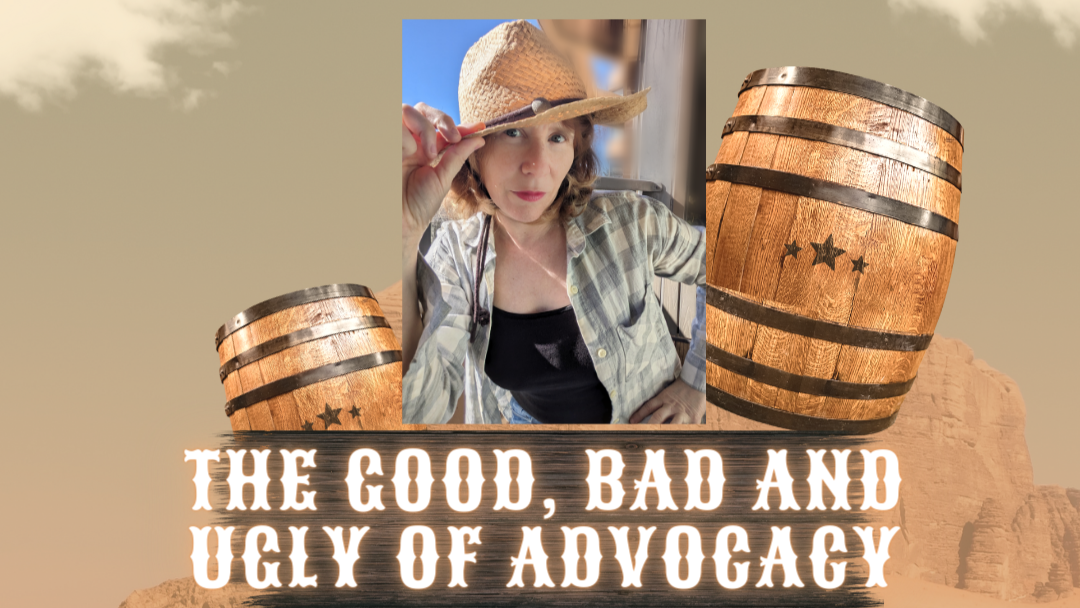I’m sitting on my patio in the still of twilight, watching the sun sink into a crimson blush on the horizon. There’s a soft pink glow from cherry blossoms on streets of Vancouver’s west end. It’s strangely quiet — there’s no rumble of planes flying overhead, no hum of traffic on the city streets. A lone bird breaks the silence with a haunting warble that complements the orchestra of the ocean breeze rustling the leaves. In these few precious moments just before nightfall, the world is as calm as it was more than one year ago… and, finally, so am I.
Pre-Pandemic Life: Too Busy to Say No
Prior to the pandemic, I built a career on being busy. I lived my life like a cyclone, balancing a day job, writing deadlines, theatre rehearsals, dance classes, and performances. But after being diagnosed with rheumatoid arthritis, the balancing act wobbled a bit. The challenge of managing a chronic condition while maintaining the life I spent years building was not easy.
I thought doing all the “right things” — taking my medication, exercising, and eating anti-inflammatory foods — would be enough to keep the balance. But I struggled with fatigue and productivity, not to mention the sporadic flare that would leave my body aching.
Since I didn’t know how to say no, I would push myself until I crashed, get up, and do it all again. I refused to slow down. Even when my rheumatoid arthritis was at its worse, the idea of pressing pause seemed unfathomable. That is, until the coronavirus tore through our communities and shut down the world.
The World Shut Down, and I Found My Balance
Last spring, we were told to stay home for a few weeks to bend the curve. Groceries and essentials could be delivered to our doors. Travel within and beyond our communities was restricted. Access to medical appointments changed as health practitioners transitioned from in-person visits to virtual appointments. We wore pajama bottoms to work and socialized with friends over Zoom. There were no theatre rehearsals, no dance classes, no family events, no girl’s nights out, and no writing events. I had no commitments beyond my new insular world, and nothing to do but stay safe.
It was a difficult adjustment at first, going from 60 to zero. But eventually I found a new balance in my life. I made a work-at-home schedule so that when the workday was done, I shut off my devices and gave myself permission for personal time. I gained more hours in my day as there was no travelling to and from the office. I had more time to exercise, cook new recipes, read books, and write. I walked everywhere. My husband and I went bike riding. I stayed connected to our friends and family through calls and virtual events. I nurtured my mental health.
I learned how to slow down, to enjoy the quiet moments, and made a smooth transition to a different kind of life. It was still busy and fulfilling, but I wasn’t as worn out as I used to be. I put breaks into my schedule and recognized that my downtime was just as rewarding as my accomplishments.
These changes not only affected my mental and emotional state, but my physical health as well. Six months into the pandemic I was thriving, and my RA had never been better.
Creating a Plan
Over the summer, after noticing the improvement with my rheumatoid arthritis, I decided to stop taking one of my medications because I couldn’t handle the side effects. With this freedom, however, came more responsibility for my health. I had to pay close attention for any symptoms, and come up with a plan in case I flared. (In Vancouver, doctors and specialists are not on call 24 hours a day. Instead, they alternate rotations at hospitals, which is where patients are sent if it’s an emergency.)
Flares are unpredictable, and can happen at a time when I don’t have immediate access to my health care team. This was especially true during the pandemic when doctors and nurses were overwhelmed, and resources limited.
I was a little nervous about making this change, but we know our bodies best. I know that when I flare, it can last a day or two, or in the worst-case scenario, up to a week. Sometimes a temporary flare doesn’t always require a visit to my specialist and there are basic things I can do for relief: ice packs, hot baths, salves, and rest. I also talked with my health care team about how to adjust medications, the types of pain relief that are safe for my condition, any occupational and physiotherapy tools I can use, and when it’s essential to reach out for more help.
What I Learned: Balance Is My Self-Care
The pandemic taught me to slow down and really see what is vital to my wellbeing. It’s the little things — family, friends, taking the time to watch the sun set or read a good book; nurture our home life by creating meals to share with our partners and families, going for walks together, having game nights.
It’s knowing when and how to say no and not feeling guilty for taking time for ourselves. It’s celebrating the little victories.
I also learned when and how to say no, and not feeling guilty for taking time for myself.
In an ironic twist, some of the restrictions of the pandemic may give us more flexibility in the future. Telehealth appointments are here to stay. We were told working from home wasn’t possible, but the pandemic proved it is.
Now as the world is on the brink of coming out the tunnel and into the light, the things I learned will stay with me. I’ll be going back to a different kind of normal, not the exact way things were.
Perhaps most important, I learned that managing my disease was not just about medications and therapies, but about balance, adjustments, and lifestyle.
I will carry that new balance through to the other side.
Stay in Touch with CreakyJoints Canada
Part of the nonprofit Global Healthy Living Foundation, CreakyJoints is a digital community for millions of arthritis patients and caregivers worldwide who seek education, support, advocacy, and patient-centered research. All of our programming and services are always provided free of charge. As we grow CreakyJoints Canada we want to hear from you. Please join our email list to stay connected, learn about new content and initiatives, and send us suggestions and ideas.






